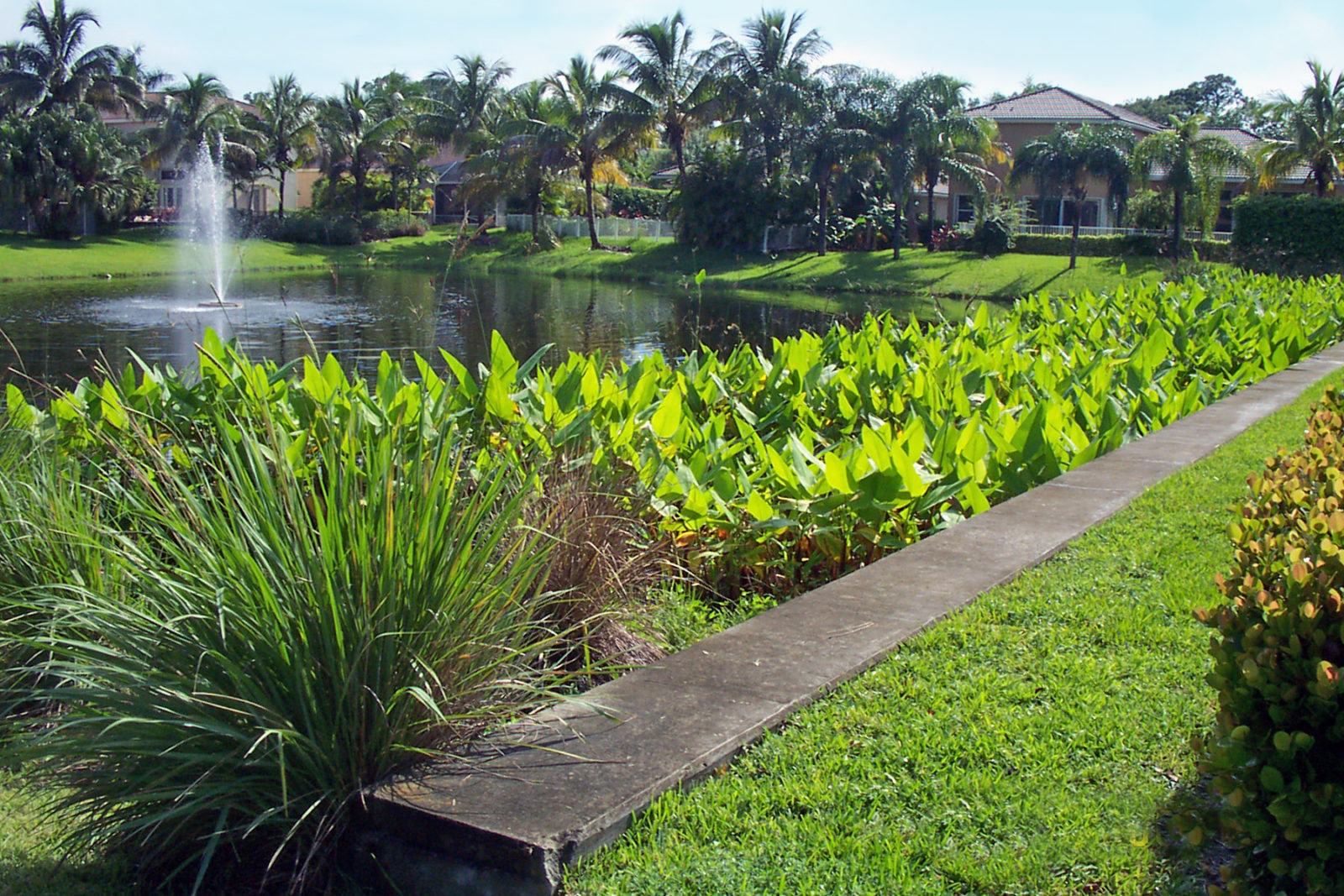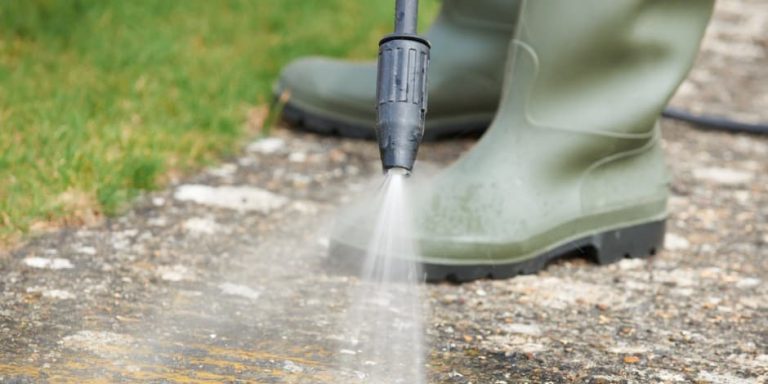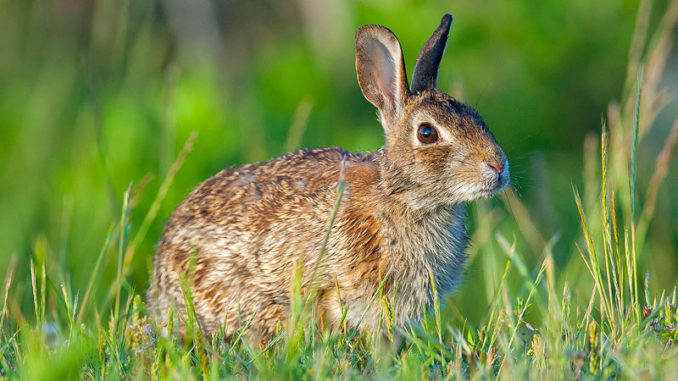
When it comes to managing runoff during power washing, most people think about drains, detergents, and collection systems. But one of the most effective, natural, and eco-friendly solutions is often overlooked: vegetative buffers. These strategic patches of plants, grasses, and shrubs act as living filters that trap pollutants and reduce the environmental impact of power washing before runoff enters waterways or sensitive landscapes.
In this article, we’ll explore the science behind vegetative buffers, why they matter during power washing, and how to implement them effectively around residential, commercial, and municipal properties. 🌱
🌊 Why Runoff Matters During Power Washing
Power washing generates a significant amount of water — often 50 to 100 gallons per job — and that water doesn’t stay clean. As it flows off surfaces like driveways, siding, or parking lots, it can pick up:
- Dirt and sediment
- Oil and grease
- Detergents and solvents
- Paint flakes or heavy metals
- Organic debris
- Microplastics and chemicals
This polluted runoff can travel over impervious surfaces like concrete and asphalt, eventually draining into stormwater systems or natural water bodies, such as lakes, rivers, and wetlands.
If not properly managed, this runoff contributes to:
- Water pollution
- Soil contamination
- Algae blooms
- Aquatic life disruption
- Erosion and sedimentation
That’s where vegetative buffers come into play.
🌾 What Are Vegetative Buffers?
A vegetative buffer is a strip or zone of planted vegetation — often grass, shrubs, native plants, or small trees — placed between a developed area and an environmentally sensitive area. These buffers are specifically designed to:
- Slow down runoff
- Capture sediments and pollutants
- Filter chemicals naturally
- Promote infiltration into the ground
- Prevent erosion
They’re like natural barriers that clean water on its way downhill, especially in sloped areas.
📍 Where Should Vegetative Buffers Be Planted?
Vegetative buffers are most effective when placed:
- Along the edges of driveways or sidewalks
- Between buildings and storm drains
- Around retention ponds or swales
- Near property lines that border natural water
- Along parking lots or commercial lots
- Below sloped terrain where water naturally flows
Even in tight urban areas, narrow strips of grass or native plants can serve as mini-buffers.
✅ Benefits of Vegetative Buffers in Power Washing Contexts
Here’s how they directly reduce the environmental impact of power washing:
1. Trap Sediment and Debris
Runoff water carries fine particles, which get caught in the leaves, stems, and root zones of the buffer. This helps prevent clogging of storm drains and reduces the turbidity of local water bodies.
2. Filter Chemicals Naturally
Soils and root systems can break down or absorb detergents, hydrocarbons, and fertilizers — reducing the chemical load before it reaches groundwater or streams.
3. Promote Infiltration
Rather than flowing across hard surfaces, runoff slows down in the buffer zone and has time to seep into the soil, reducing surface-level contamination.
4. Cool the Environment
Green zones lower surface temperatures compared to concrete, which can help reduce the urban heat island effect while providing wildlife habitat.
🌼 Best Plants for Buffer Zones
Not all vegetation works equally well. For maximum impact, choose:
- Native grasses like switchgrass or little bluestem
- Shrubs like red osier dogwood or elderberry
- Ground covers like creeping phlox or clover
- Trees with deep roots, like willows or oaks (if space allows)
Avoid highly manicured lawn grasses, which lack the root structure and height to filter effectively.
🏡 How Homeowners Can Use Vegetative Buffers
Even on small residential lots, buffers can help:
- Create a grassy strip between driveway and sidewalk
- Add raised beds or shrubbery along fence lines
- Use mulch-filled trenches or rain gardens
- Plant a line of low-maintenance perennials at the base of slopes
These measures are simple, low-cost, and require little more than basic gardening tools.
🏢 How Businesses and Municipalities Benefit
For commercial buildings, schools, or public parks:
- Install large buffer zones at parking lot perimeters
- Convert underutilized lawn into pollinator-friendly buffer strips
- Incorporate buffers into stormwater management plans
- Partner with local conservation groups for native plantings
Municipalities can even incentivize buffer planting through green infrastructure grants or environmental compliance programs.
🧼 How to Combine Buffers with Power Washing Best Practices
To maximize environmental protection:
- Always pre-sweep or vacuum before washing
- Avoid using chemicals unless absolutely necessary
- Divert rinse water toward vegetative buffer zones using berms or sandbags
- Avoid washing directly into buffers to prevent erosion
- Inspect buffers periodically for signs of degradation or channeling
Think of buffers as the final line of defense, not a replacement for smart runoff control.
👨🔧 Real-World Example
In a suburban neighborhood in Oregon, a homeowner installed a 3-foot-wide vegetative buffer strip between their driveway and front yard. After switching to eco-friendly detergents and directing wash water into this strip, they noticed:
- No more standing water near the curb
- Healthier front yard plants
- Fewer algae issues in the nearby creek
This example shows how even small efforts can make a big environmental difference.
🧠 Final Thoughts
Vegetative buffers are more than landscaping—they’re a natural filtration system that works hand-in-hand with environmentally responsible power washing. By combining modern cleaning techniques with time-tested ecological principles, you can protect your property and the planet.
So next time you reach for your pressure washer, ask yourself:
Where will the water go?
With the right buffer in place, the answer could be: right back into the Earth—clean and safe. 🌍🌱💧
Browse Amazon Here For Top Rated Power Washers And Accessories






